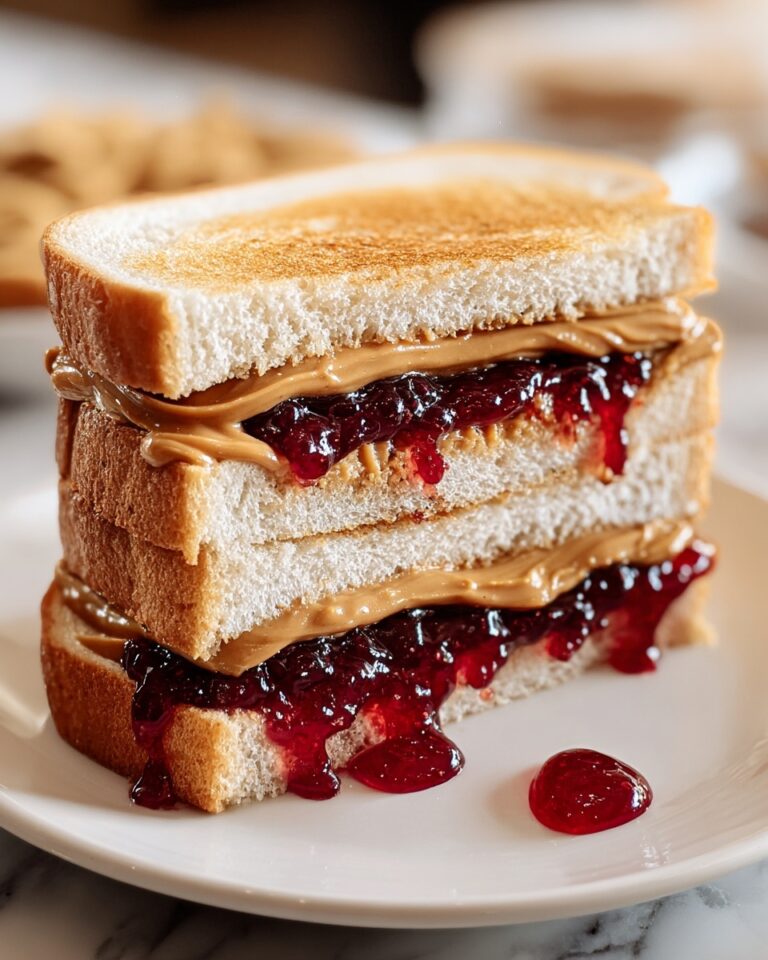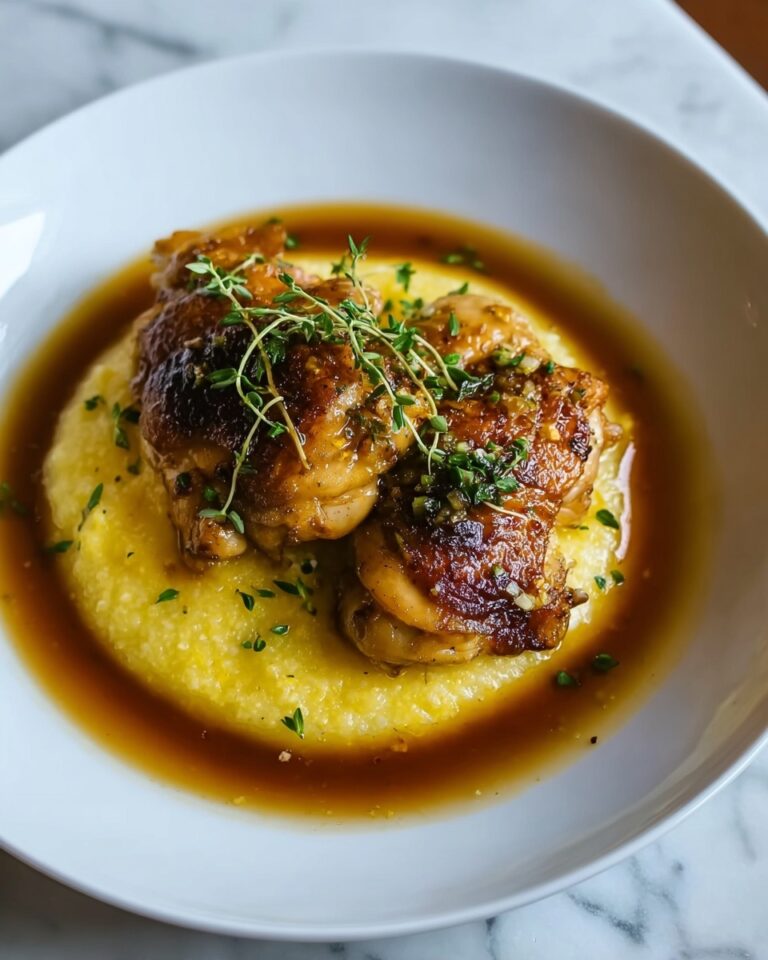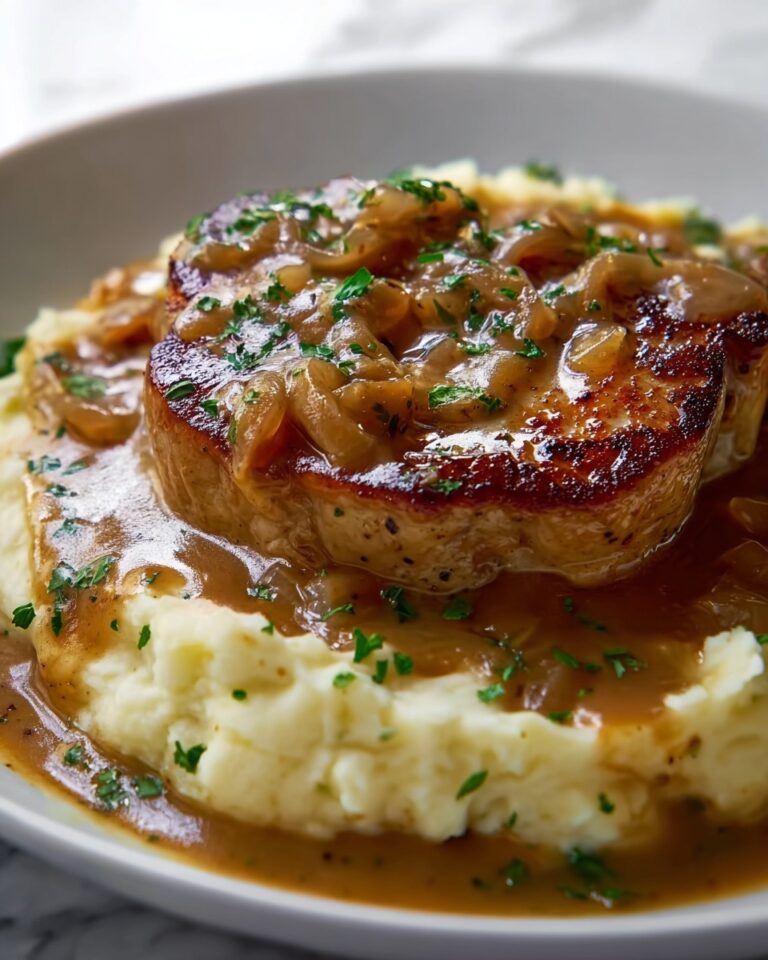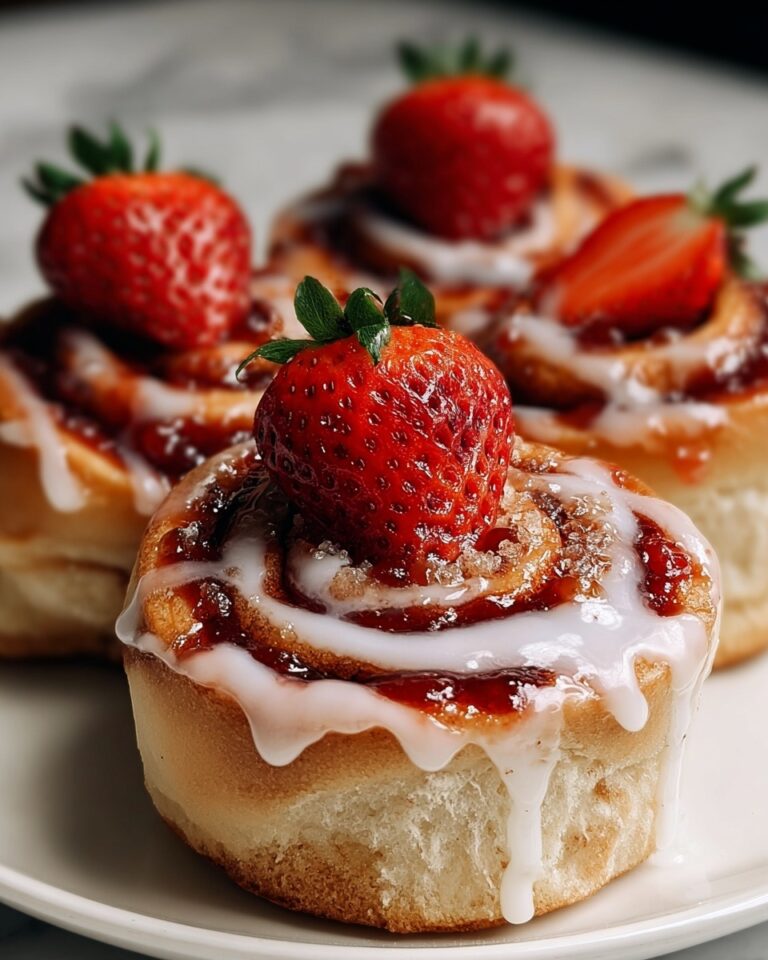If you are searching for a dish that is elegant yet wonderfully simple to prepare, the Scaloppine Al Limone Recipe is your ideal go-to. This classic Italian favorite boasts tender, thin veal fillets bathed in a zesty lemon-butter sauce that is both bright and rich. Each bite melts in your mouth with the perfect harmony of savory sear and fresh citrus zing. The Scaloppine Al Limone Recipe is a true celebration of fresh ingredients and straightforward cooking techniques that create restaurant-quality magic right at home.
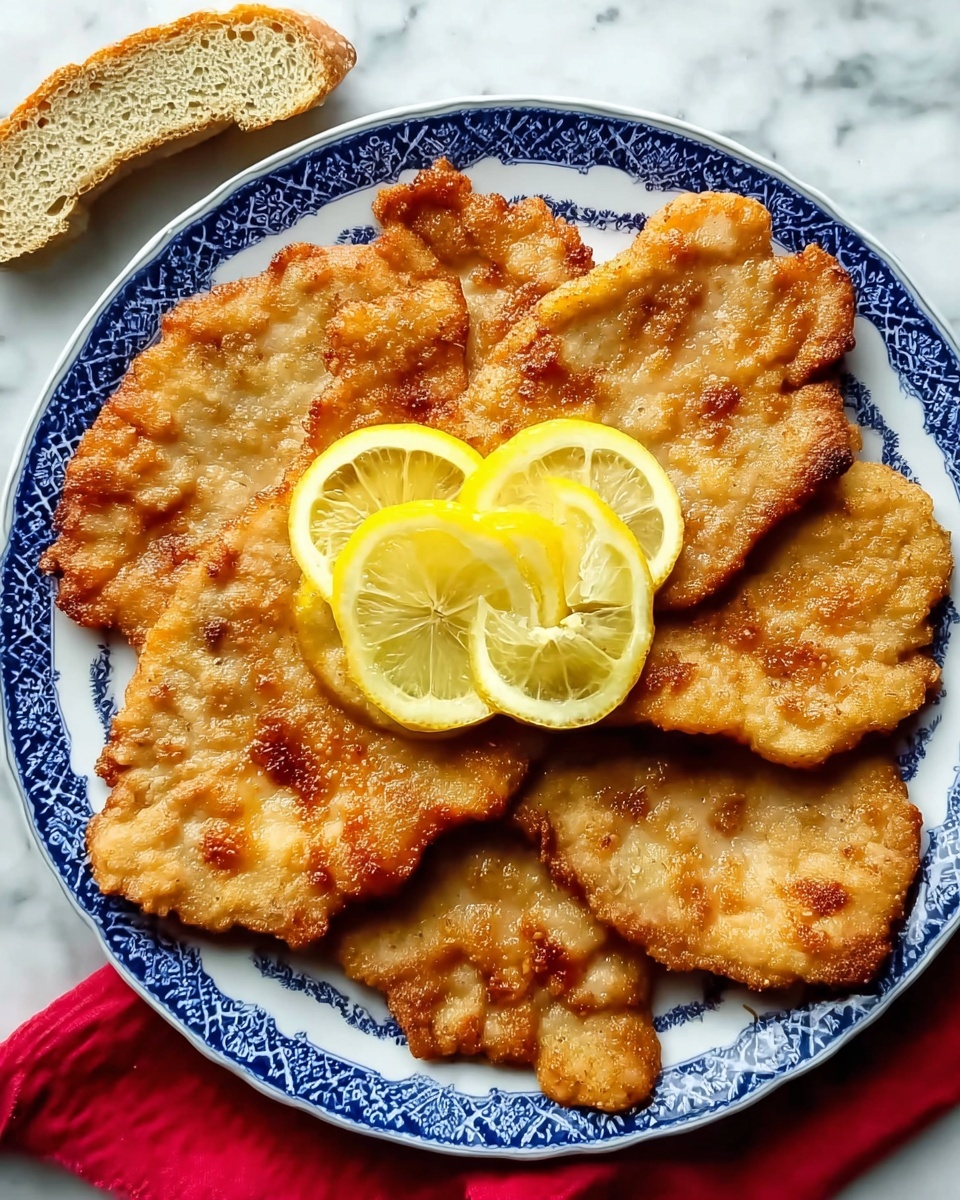
Ingredients You’ll Need
Gathering the right ingredients is half the fun of cooking Scaloppine Al Limone Recipe. Each item plays a crucial role in delivering the iconic texture, flavor, and aroma that make this dish so memorable. From the delicate veal fillets to the fragrant lemon and silky butter, these essentials come together beautifully.
- Veal fillets: Thinly cut to about ⅛ inch thickness, these ensure a tender, quick-cooking base for the dish.
- Type “00” flour: Its fine grind helps create a light, even coating that crisps perfectly without heaviness.
- Extra virgin olive oil (EVOO): Provides a fruity richness and enables the veal to brown beautifully.
- Lemon juice and slices: The star ingredient that brightens and balances the buttery sauce with fresh acidity.
- White wine: Used for deglazing the pan, it lifts all the caramelized bits for a deeper sauce flavor.
- Butter: Adds velvety smoothness and richness that melds the lemon and pan juices into a luscious coating.
- Fine sea salt: Enhances all flavors and helps bring out the natural tenderness of the veal.
- Fresh cracked pepper: Adds a subtle, warming spice that perfectly complements the citrus.
How to Make Scaloppine Al Limone Recipe
Step 1: Pound the Veal
Start by wrapping each veal fillet tightly in plastic wrap. Gently pound the meat using a meat cleaver or mallet, working from the center outwards until it reaches about ⅛ inch thickness. Flip and repeat on the other side. This step ensures the veal is uniformly thin, promoting quick cooking and a tender bite every time.
Step 2: Season Generously
Unwrap the tenderized fillets and lay them out on a plate. Season both sides liberally with fine sea salt and freshly cracked pepper. This simple seasoning helps highlight the natural flavor of the veal while complementing the upcoming lemon sauce.
Step 3: Prepare the Flour
In a shallow bowl, whisk together the type “00” flour with a pinch of salt and pepper until well combined. This evenly seasoned flour helps the veal develop a light, golden crust while cooking and provides a delicate framework for the sauce to cling to.
Step 4: Dredge the Veal
Coat each seasoned veal fillet thoroughly in the prepared flour, shaking off excess before placing them aside. This step is key to achieving that irresistible, slightly crispy exterior that contrasts beautifully with the silky lemon butter sauce.
Step 5: Heat the Oil
Pour the extra virgin olive oil into a spacious, deep sauté pan and heat over medium-high until shimmering but not smoking. The hot oil creates an ideal environment for quick browning without sticking or burning.
Step 6: Fry the Fillets
Place the veal fillets carefully into the pan without overcrowding. Fry them for about 2 minutes on one side until a golden crust forms, then flip and cook for an additional minute. Remove the cooked fillets and keep warm as you repeat this process with the remaining pieces.
Step 7: Deglaze the Pan
Turn the heat down to low, then pour the white wine into the pan. Use a wooden spoon to scrape up the delightful caramelized bits stuck to the bottom — this is where intense flavor lives, and deglazing is what elevates the sauce beyond ordinary.
Step 8: Make the Sauce
Add the butter and lemon slices to the pan with the wine reduction. Let the sauce simmer gently until the butter melts and blends completely with the lemon and wine. This results in a velvety sauce that perfectly complements the veal fillets.
Step 9: Combine and Serve
Return the veal fillets to the pan and squeeze fresh lemon juice all over them. Turn off the heat and toss the fillets gently to coat them in the luscious lemon butter sauce. Transfer everything to a serving platter, pour any remaining pan juices on top, and arrange the lemon slices for a bright finishing touch.
How to Serve Scaloppine Al Limone Recipe

Garnishes
To enhance the presentation and flavor, you can garnish the Scaloppine Al Limone Recipe with fresh parsley or thin lemon zest strips. The burst of color and a hint of herbal freshness lifts the dish visually and aromatically, making every serving feel special.
Side Dishes
This dish shines when paired with simple, elegant sides like buttery mashed potatoes, sautéed green beans, or a crisp arugula salad tossed with olive oil and lemon. These sides complement without overpowering the delicate veal and its velvety lemon sauce.
Creative Ways to Present
For a fun twist, try serving your Scaloppine Al Limone Recipe over a bed of angel hair pasta or alongside grilled asparagus spears arranged neatly on the plate. You could also drizzle extra pan sauce artistically for a restaurant-style finish that will wow your friends and family.
Make Ahead and Storage
Storing Leftovers
Leftover Scaloppine Al Limone Recipe can be stored in an airtight container in the refrigerator for up to 2 days. Keep the sauce and veal together for maximum flavor retention and simply reheat gently before serving.
Freezing
While freezing is possible, it is best to freeze the veal and sauce separately to maintain texture integrity. Wrap the veal tightly and freeze for up to one month, then thaw in the refrigerator overnight for best results.
Reheating
Reheat leftover Scaloppine Al Limone Recipe gently in a low-temperature oven or on the stovetop over low heat, adding a splash of water or extra lemon juice to refresh the sauce as needed. Avoid microwave reheating to keep the veal tender and avoid drying out the sauce.
FAQs
What cut of veal is best for Scaloppine Al Limone Recipe?
The best cut is thin veal scaloppine fillets, typically from the leg or round, sliced very thinly to allow for quick cooking and a delicate texture.
Can I use chicken or pork instead of veal?
Absolutely! Chicken breast or pork cutlets work well as substitutes and will absorb the lemon butter sauce beautifully, though the cooking times may vary slightly.
Is white wine necessary for the sauce?
White wine adds a wonderful depth and acidity, but if you prefer not to use alcohol, you can substitute with chicken broth and a splash of white wine vinegar for brightness.
How can I make the dish dairy-free?
Omit the butter and finish the sauce with extra olive oil or a dairy-free butter alternative to maintain richness without dairy.
What is the secret to tender Scaloppine Al Limone?
Even pounding to ⅛ inch thickness and quick cooking over medium-high heat are key to keeping the veal tender and juicy in this recipe.
Final Thoughts
There is something truly special about preparing the Scaloppine Al Limone Recipe that makes you feel connected to years of Italian culinary tradition. Its simplicity highlights quality ingredients and careful technique, resulting in a dish that is as satisfying to make as it is to eat. I hope you give this beloved recipe a try — it’s sure to become a cherished part of your dinner repertoire, bringing brightness and elegance to any meal.
Print
Scaloppine Al Limone Recipe
- Prep Time: 10 minutes
- Cook Time: 10 minutes
- Total Time: 20 minutes
- Yield: 4 servings
- Category: Main Dish
- Method: Frying
- Cuisine: Italian
Description
Scaloppine al Limone is a classic Italian dish featuring tender veal fillets pounded thin, lightly dredged in seasoned flour, and quickly fried to a golden brown. Finished with a bright, buttery lemon and white wine sauce, this recipe delivers a perfect balance of rich flavor and fresh citrus brightness. Ready in just 20 minutes, it’s an elegant yet simple meal for four servings.
Ingredients
Veal and Coating
- 8 veal fillets, cut to about ⅛ inch (3 mm) thickness
- ½ cup (60 g) type “00” flour
- Fine sea salt, to taste
- Fresh cracked pepper, to taste
Cooking
- 2 Tbsp (30 ml) extra virgin olive oil (EVOO)
- 1 Tbsp (14 g) butter
Sauce
- 1 lemon (juice and slices)
- ⅛ cup (30 ml) white wine
Instructions
- Pound the Veal: Wrap each veal fillet tightly in plastic wrap. Using a meat cleaver, gently pound the fillets working from the center outward until they are about ⅛ inch (3 mm) thick. Flip and pound the other side similarly to ensure even thickness and tenderness.
- Season Generously: Unwrap the fillets and place them on a plate. Season both sides well with fine sea salt and fresh cracked pepper to taste.
- Prepare the Flour: In a shallow bowl, combine the type “00” flour with salt and pepper. Whisk thoroughly until the seasoning is evenly distributed to prevent clumping and ensure an even coat on the veal.
- Dredge the Veal: Coat each seasoned veal fillet in the seasoned flour, covering both sides completely. Shake off excess flour and place the fillets on a clean dish. Repeat for all fillets.
- Heat the Oil: Drizzle 2 tablespoons of extra virgin olive oil into a large deep sauté pan and heat over medium-high until the oil is shimmering and hot but not smoking.
- Fry the Fillets: Add the veal fillets carefully to the hot oil without overcrowding. Fry each fillet for 2 minutes on one side until golden brown, then flip and cook the other side for 1 minute. Remove and place on a clean dish. Continue until all fillets are cooked.
- Deglaze the Pan: Reduce heat to low and pour ⅛ cup white wine into the pan. Use a wooden spoon to scrape up all the caramelized browned bits from the bottom of the pan, building flavor for the sauce.
- Make the Sauce: Add 1 tablespoon butter and two slices of lemon to the pan. Let simmer gently for a couple of minutes until the butter melts and the flavors meld with the lemon.
- Combine and Serve: Return the veal fillets to the pan and squeeze fresh lemon juice over them. Turn off the heat and gently turn the fillets in the sauce to coat evenly. Transfer to a serving platter, pour any remaining pan juices over the fillets, and arrange lemon slices on top for garnish.
Notes
- Ensure veal fillets are pounded evenly to achieve tender, quick-cooking meat.
- Use type “00” flour for the lightest, crispiest coating.
- Do not overcrowd the pan when frying to maintain the oil temperature and get a nice golden crust.
- The lemon slices added to the sauce enhance the citrus aroma and presentation.
- Serve immediately for the best texture and flavor.
- Pair with a light salad or sautéed vegetables for a complete meal.



